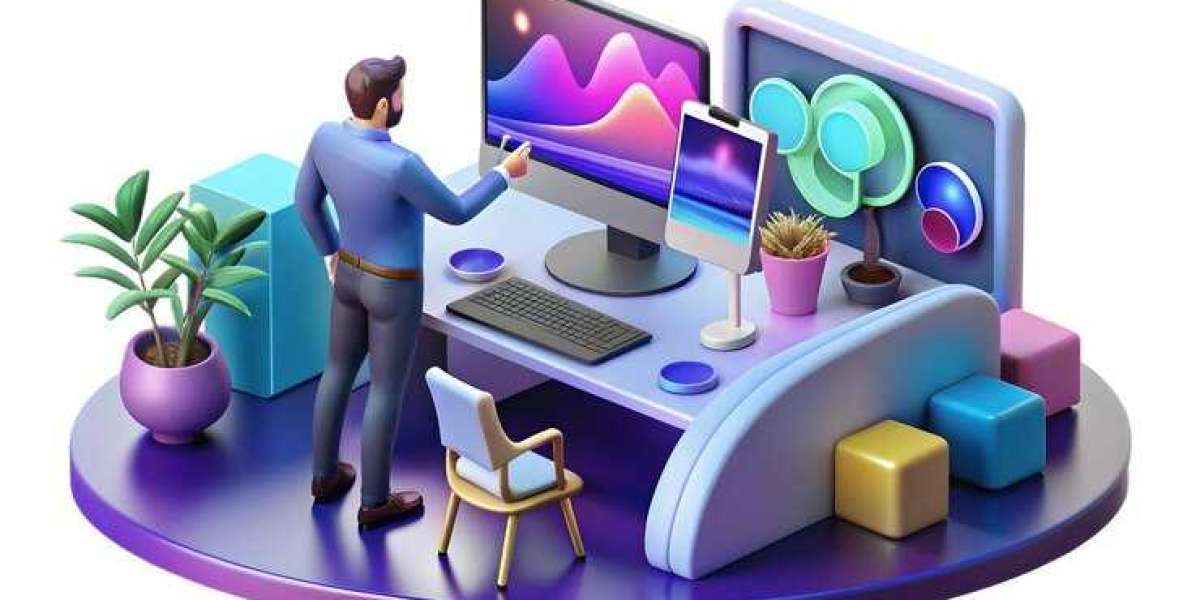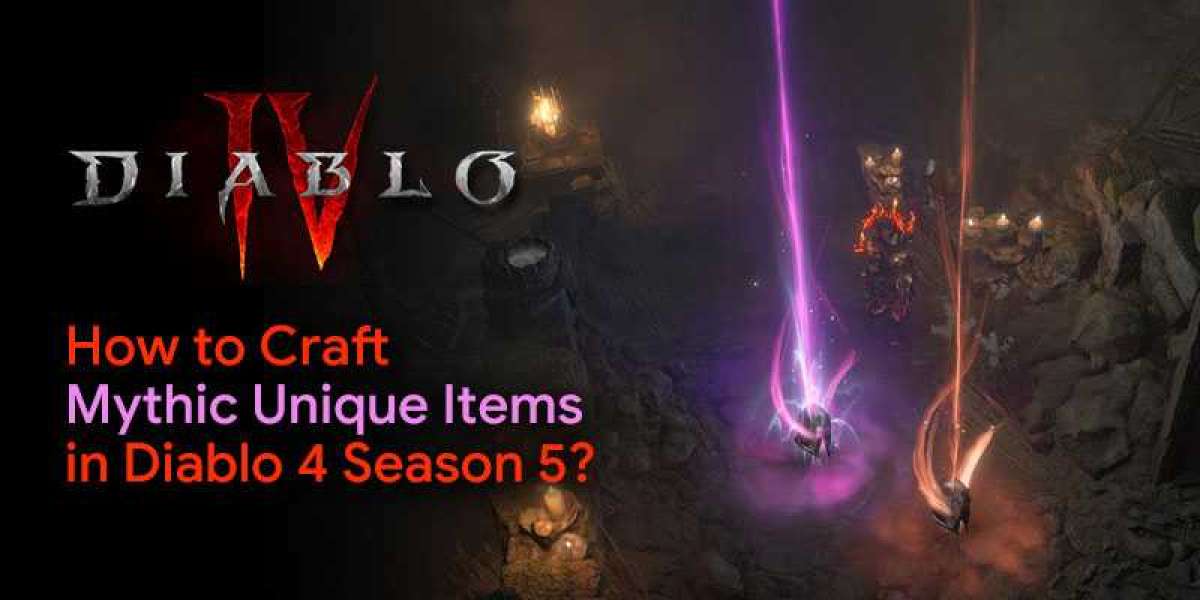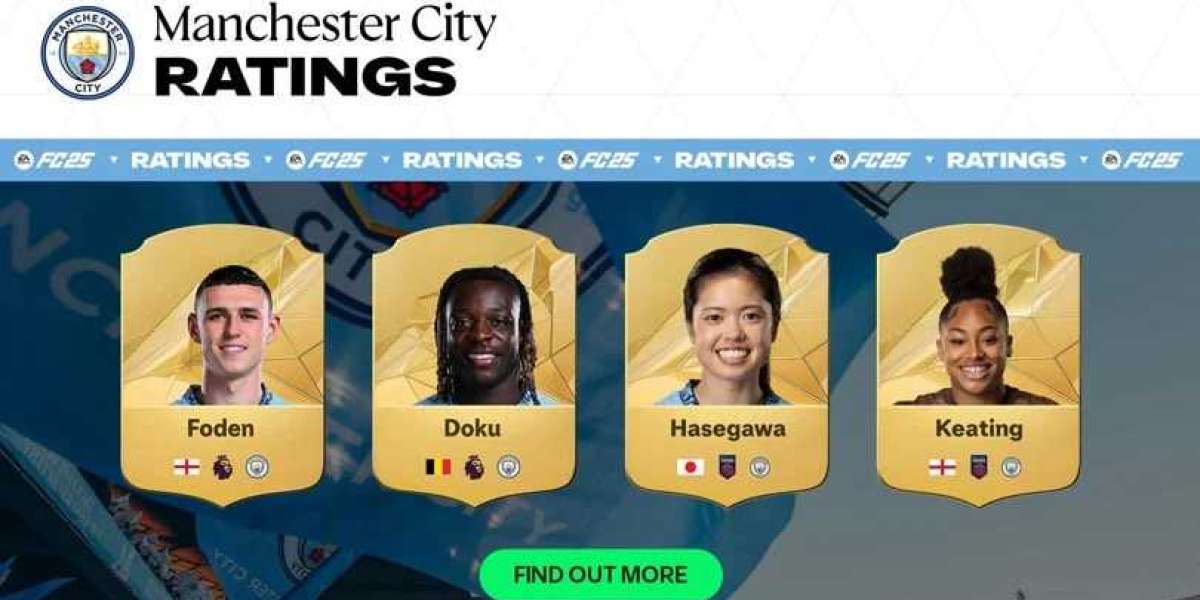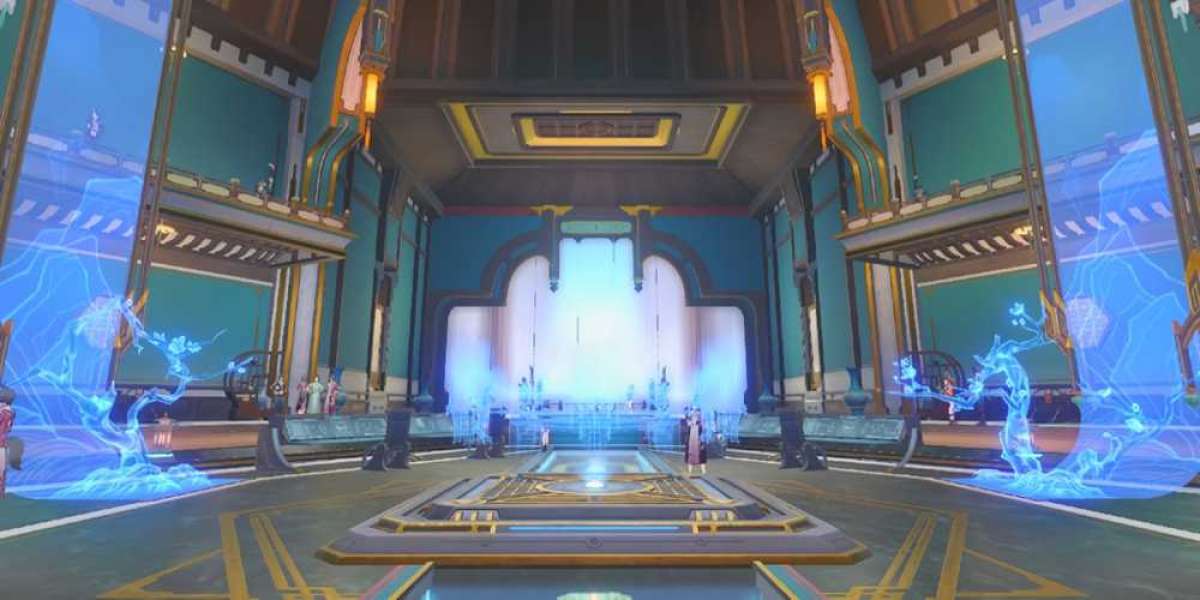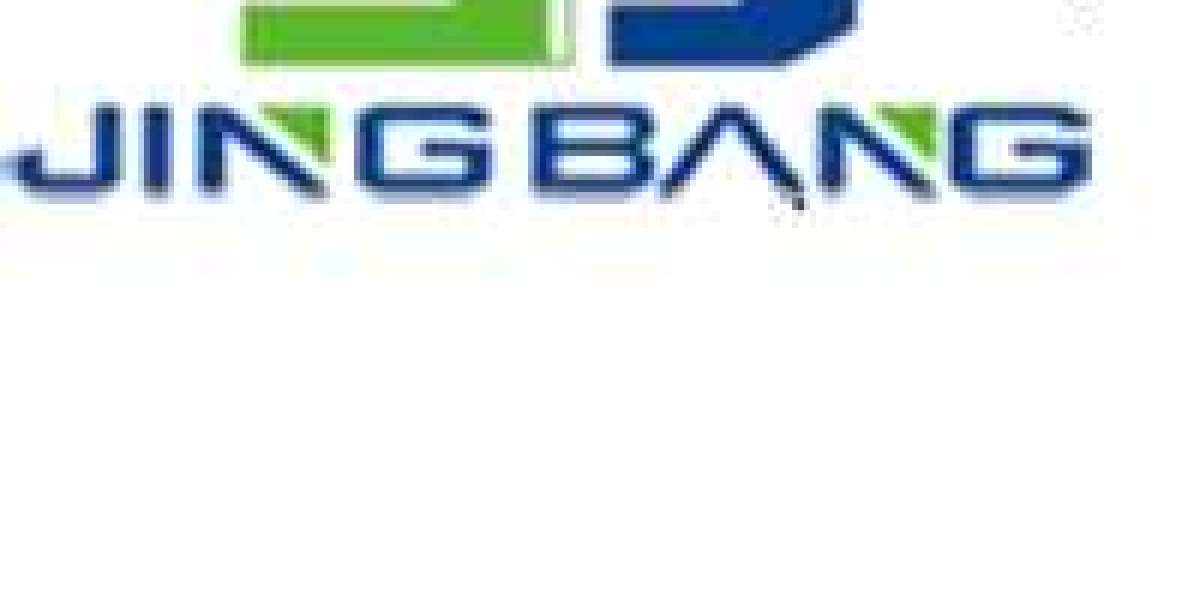In today's competitive market, product customization has emerged as a key differentiator for brands looking to attract and retain customers. Consumers are no longer satisfied with off-the-shelf solutions; they crave products that reflect their individual preferences and needs. In this context, 3D product animation has become a powerful tool for brands to showcase the versatility and customization options of their products. This blog will delve into the various benefits of using 3D product animation for product customization, focusing on the enhanced visualization, improved customer engagement, and streamlined communication it offers. We will also explore how integrating 3D product animation services into your business strategy can drive success in the ever-evolving marketplace.
Enhanced Visualization of Customization Options
One of the primary advantages of 3D product animation is the ability to offer customers a detailed and realistic visualization of the customization options available. Traditional product images or videos often fall short in conveying the full range of possibilities, especially when dealing with complex products or multiple customization features. With 3D product animation, customers can see a lifelike representation of the product in its customized form from various angles, helping them better understand what they are getting.
For instance, in the automotive industry, 3D product animation can be used to showcase different paint colors, interior materials, and accessories. Customers can interact with the animation to see how different combinations look, making the decision-making process more informed and satisfying. This level of detail is particularly important for high-value products, where customers need to feel confident about their choices before making a purchase.
Moreover, 3D product animation allows for the demonstration of how certain customization options work in real-time. For example, if a customer is interested in a customizable piece of furniture, a 3D animation can show how different configurations (such as adjustable heights or modular components) function. This dynamic visualization helps customers see the practical benefits of their customization choices, leading to higher satisfaction and fewer returns.
Improved Customer Engagement and Experience
In the digital age, customer engagement is paramount to driving sales and building brand loyalty. 3D product animation plays a crucial role in enhancing customer engagement by offering an interactive and immersive experience. Unlike static images or pre-recorded videos, 3D animations can be interactive, allowing customers to explore different customization options at their own pace.
Interactive 3D animations enable customers to "build" their product by selecting various features, colors, and materials. This level of interaction makes the shopping experience more enjoyable and personalized, which can significantly increase the likelihood of a purchase. Furthermore, when customers feel that they have played an active role in designing their product, they are more likely to feel a strong connection to the brand and remain loyal in the future.
The use of 3D product animation services also caters to the growing demand for online shopping experiences that closely mimic the in-store experience. In a physical store, customers can touch and feel the products, try on different items, and receive personalized assistance from sales staff. While these aspects are challenging to replicate online, 3D product animations can bridge the gap by providing a realistic and interactive preview of the product. This enhanced experience not only increases customer satisfaction but also reduces the perceived risk of buying customized products online.
Streamlined Communication and Decision-Making
Another significant benefit of 3D product animation in product customization is its ability to streamline communication between customers, sales teams, and manufacturers. When customers can visualize their customizations in 3D, they are more likely to articulate their preferences clearly, reducing the likelihood of misunderstandings or errors in the order process.
For sales teams, 3D product animations serve as powerful tools for demonstrating the customization options available. Instead of relying on lengthy explanations or physical samples, sales representatives can use 3D animations to show customers exactly what different options will look like. This not only speeds up the decision-making process but also ensures that customers have a clear understanding of what they are ordering.
Manufacturers also benefit from the use of 3D product animation services. Detailed and accurate 3D models can be used to create precise manufacturing specifications, ensuring that the final product matches the customer's expectations. This level of precision is particularly important for products with intricate customization options, where even a small error can result in significant customer dissatisfaction.
Furthermore, 3D product animations can be used in the approval process, allowing customers to review and approve their customizations before the product goes into production. This reduces the risk of errors and revisions, saving time and resources for both the customer and the manufacturer. In industries such as fashion, jewelry, and automotive, where customization is a major selling point, this streamlined communication process is invaluable.
Cost-Effective Marketing and Product Development
3D product animation is not only beneficial for customization but also for marketing and product development. Creating physical prototypes or samples for every possible customization option can be expensive and time-consuming. With 3D product animation services, brands can create virtual prototypes that showcase a wide range of customization options without the need for physical production.
These virtual prototypes can be used in marketing materials, online configurators, and even in-store displays, providing customers with a comprehensive view of the product's potential. This approach is far more cost-effective than creating and photographing physical samples, especially when dealing with a large number of customization options.
In addition to marketing, 3D product animation can be used in the product development process. Designers and engineers can use 3D animations to visualize and test different customization options before committing to a final design. This allows for more experimentation and innovation, leading to products that better meet customer needs and expectations.
By incorporating 3D animation services into the product development process, brands can also shorten the time-to-market for customized products. With traditional methods, creating and testing physical prototypes can add significant time to the development process. In contrast, 3D animations can be quickly modified and tested, allowing for a more agile and responsive approach to product development.
Increased Conversion Rates and Sales
The ultimate goal of any business strategy is to drive sales, and 3D product animation has proven to be an effective tool in achieving this goal. By providing customers with a detailed and engaging view of their customization options, 3D animations can significantly increase conversion rates.
Studies have shown that customers are more likely to make a purchase when they have access to interactive and realistic product visualizations. This is particularly true for customized products, where the ability to see the final product in 3D can alleviate concerns and increase confidence in the purchase decision. As a result, brands that use 3D product animation services often see higher conversion rates compared to those that rely on traditional product images or videos.
Moreover, 3D product animation can also lead to higher average order values. When customers have the ability to see and experiment with different customization options, they are more likely to explore premium features or add-ons that they may not have considered otherwise. For example, a customer configuring a custom laptop might start with a basic model but then decide to upgrade to a higher-end processor or additional memory after seeing the benefits in a 3D animation. This upselling potential is a significant advantage of using 3D animation services in the customization process.
Strengthened Brand Identity and Competitive Advantage
In a crowded marketplace, standing out from the competition is crucial for long-term success. By offering customers a cutting-edge customization experience through 3D product animation, brands can strengthen their identity and differentiate themselves from competitors.
Customers are more likely to associate brands that offer advanced and engaging customization tools with innovation and quality. This positive brand perception can lead to increased customer loyalty and word-of-mouth referrals, further enhancing the brand's reputation.
Furthermore, as more companies recognize the value of 3D animation services, those that invest early in this technology will gain a competitive edge. Brands that offer a superior customization experience will be better positioned to capture market share and attract customers who are looking for personalized products. This competitive advantage is particularly important in industries where customization is a key selling point, such as fashion, automotive, and consumer electronics.
Future-Proofing Your Business with 3D Product Animation
As technology continues to evolve, customer expectations for product customization will only increase. Brands that invest in 3D product animation services now will be better prepared to meet these expectations and adapt to future trends.
One of the emerging trends in product customization is the integration of augmented reality (AR) and virtual reality (VR) with 3D product animation. These technologies allow customers to see their customized products in a real-world environment before making a purchase. For example, a customer could use AR to see how a custom piece of furniture would look in their living room or use VR to take a virtual test drive of a custom car. By combining 3D animation with AR and VR, brands can offer an even more immersive and engaging customization experience.
In addition to AR and VR, advancements in artificial intelligence (AI) are also shaping the future of product customization. AI-powered tools can analyze customer preferences and suggest personalized customization options based on their past behavior. When combined with 3D product animation, these AI-driven recommendations can create a highly tailored and intuitive shopping experience, further enhancing customer satisfaction and driving sales.
By embracing these future trends and continuing to innovate with 3D product animation services, brands can ensure that they remain competitive and relevant in a rapidly changing marketplace.
Conclusion
3D product animation has become an essential tool for brands looking to capitalize on the growing demand for product customization. By offering enhanced visualization, improved customer engagement, streamlined communication, and cost-effective marketing solutions, 3D product animation services can drive significant benefits for both customers and businesses. As technology continues to evolve, the integration of 3D product animation with emerging trends such as AR, VR, and AI will further enhance the customization experience, providing brands with a competitive edge in the marketplace. Investing in 3D product animation services is not just about meeting current customer expectations; it's about future-proofing your business for the evolving demands of the digital age.
